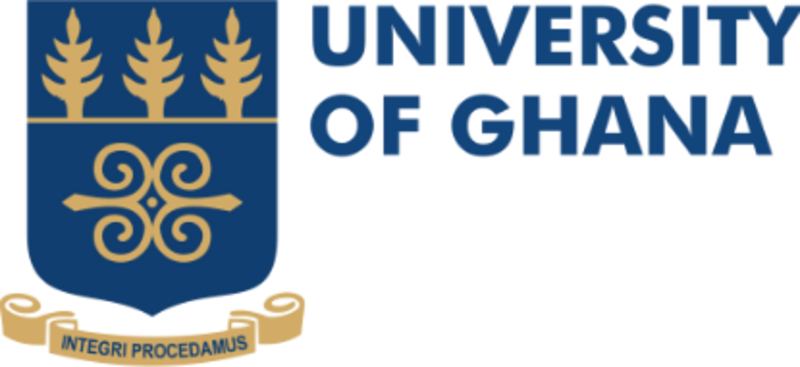Documenting Fort Gross Friedrichsburg, Ghana: New video with 3D flythrough animation

3D model of Fort Gross Friedrichsburg: View from the North © DAI-KAAK // Christian Hartl-Reiter
A short video presents a new 3D model of Fort Gross Friedrichsburg at the West Coast of Ghana, which was constructed from 1683 onwards to serve Brandenburg-Prussian interests in the transatlantic slave trade: https://www.youtube.com/watch?v=F_FZOuJlYF4
Project background:
Dozens of fortifications are preserved today along the coast of Ghana that were constructed between the late 15th and 18th centuries. These forts and castles were erected by different European powers and served an important role in the transatlantic slave trade. The German realm Brandenburg-Prussia was among the European powers competing for trading posts on the African coast.
The Brandenburg-Prussians erected Fort Gross Friedrichsburg – as well as a few other fortifications – in the late 17th century in what is today the Western Region of Ghana. The Germans gave up their strongholds already after about 35 years. However, during that time Brandenburg-Prussian ships transported nearly 20.000 enslaved men, women and children from African shores to the Caribbean.
Today, Fort Gross Friedrichsburg is a difficult part of UNESCO’s World Heritage together with the other forts and castles along the Ghanaian coast. On the one hand, the fort reminds us of the brutality of the transatlantic slave trade. On the other hand, it is a testimony to various kinds of interaction between Europeans and Africans in the Early Modern World.
In 2024, a collaborative project between the University of Ghana and the German Archaeological Institute began investigating such interactions. With the permission of the Ghana Museums and Monuments Board (GMMB) and local (traditional) authorities, our project started recording histories and archaeologies of the Brandenburg-Prussian fortifications and their local communities through time.
Part of the project was the creation of a full 3D model of Fort Gross Friedrichsburg - both outside and inside - from thousands of aerial and ground-based photographs. This 3D model captures the present state of preservation of the fort with its four bastions and curtain walls.
The fort’s two storey buildings served representational and residential functions in their upper floors. They housed the commander and officers, staff from the Brandenburg African Company, ships crews, military and medical personnel as well as craftspeople. The lower floors were mainly used for storage. Over time, the functions of the buildings changed according to the needs of their various occupants.
Of the fort’s three vaults only one is preserved. Written sources from the late 17th and early 18th centuries indicate that the vaults were used for the storage of goods and materials – such as gun powder – but also for incarceration. From the later 18th century there is evidence that enslaved people were kept in the northern vault.
When the Germans sold the fort to the Dutch in the early 18th century, a powerful local leader took over the fort - Jan Conny. He was a broker, trader and military leader, who fought the Dutch and their allies and refused to hand over Gross Friedrichsburg for several years. Parts of the fort were used as building material for Jan Conny’s house in the village of Pokesu at the foot of the fort.
Our archaeological research is dedicated to tracing processes of construction, modification and maintenance of Jan Conny’s house as well as of the fort, which was built using local and European craftspeople as well as slave labour. In addition, we study material traces of the daily lives of the European, African and American occupants of the fort, and of the people of Pokesu.
This research gives some insight into the logic and logistics of the transatlantic slave trade and its various, more or less privileged, agents. It supplements written sources, such as reports, letters, accounts and administrative correspondence.
Our project is undertaken in close collaboration with members of the local communities. Their input helps us to better understand the many layers of this early ‘shared heritage’ of Ghana and Germany.
Further information on the project:
Project website: ‘Brandenburg-Prussian fortifications on the West Coast of Ghana and their local communities’
Publication: Cornelia Kleinitz, Edward A. Nyarko, Ernest K. Fiador & Christian Hartl-Reiter (2024), Princes Town & Akwidaa, Ghana. Early ›Shared Heritage‹ of German-African Interactions: The Brandenburg-Prussian Forts on the West Coast of Ghana and their Local Communities. Research in 2023 and 2024. E-Forschungsberichte des DAI 2024/02, 59-75.
Project partners:
University of Ghana, Department of Archaeology and Heritage Studies
German Archaeological Institute, Commission for Archaeology of Non-European Cultures (KAAK)
Ghana Museums and Monuments Board (GMMB)
Project directors:
Edward A. Nyarko, Ernest K. Fiador & Cornelia Kleinitz
Project funding:
Culture Preservation Programme (KEP), German Federal Foreign Office
German Archaeological Institute
University of Ghana
Video credits:
Photography, photogrammetry, 3D-model, post-processing & editing: Christian Hartl-Reiter
Text + Speaker: Cornelia Kleinitz
Satellite imagery: Google Earth
Kontakt
Dr.
Cornelia Kleinitz
, Wissenschaftliche Mitarbeiterin Sub-Sahara Afrika
Cornelia.Kleinitz@dainst.de
DAI Pressestelle
Podbielskiallee 69
14195 Berlin
Tel.: +49 (0)30 187711-120
Mail: presse@dainst.de
Partner

University of Ghana, Department of Archaeology and Heritage Studies

Ghana Museums and Monuments Board (GMMB)
Förderer

Auswärtiges Amt - Kulturerhaltprogramm

